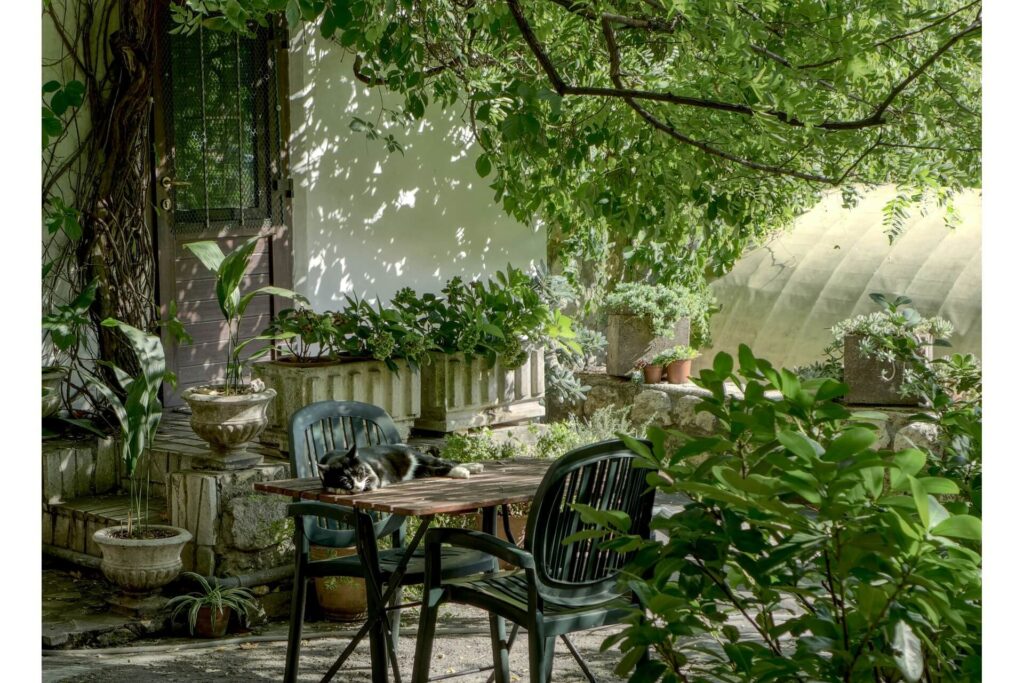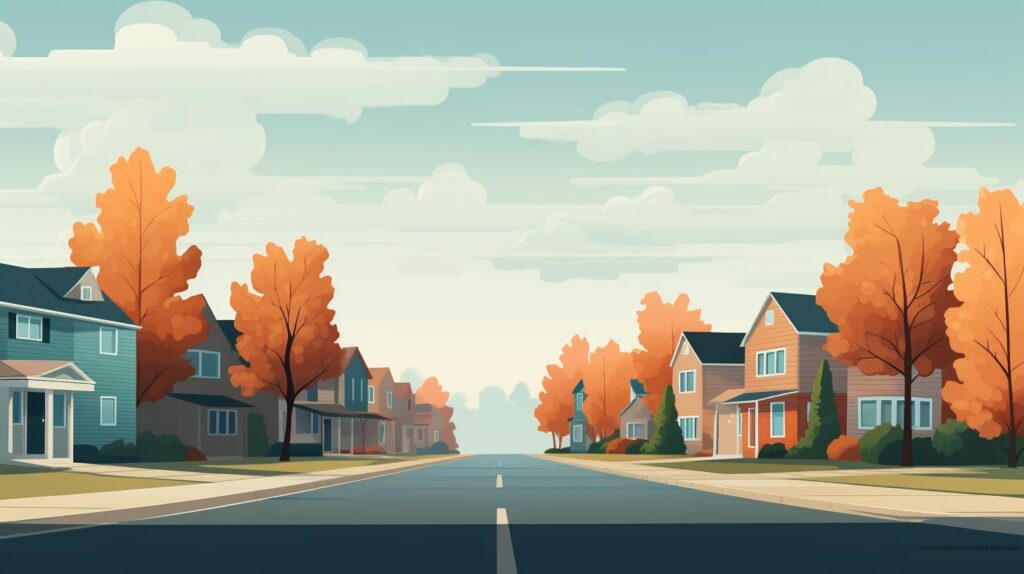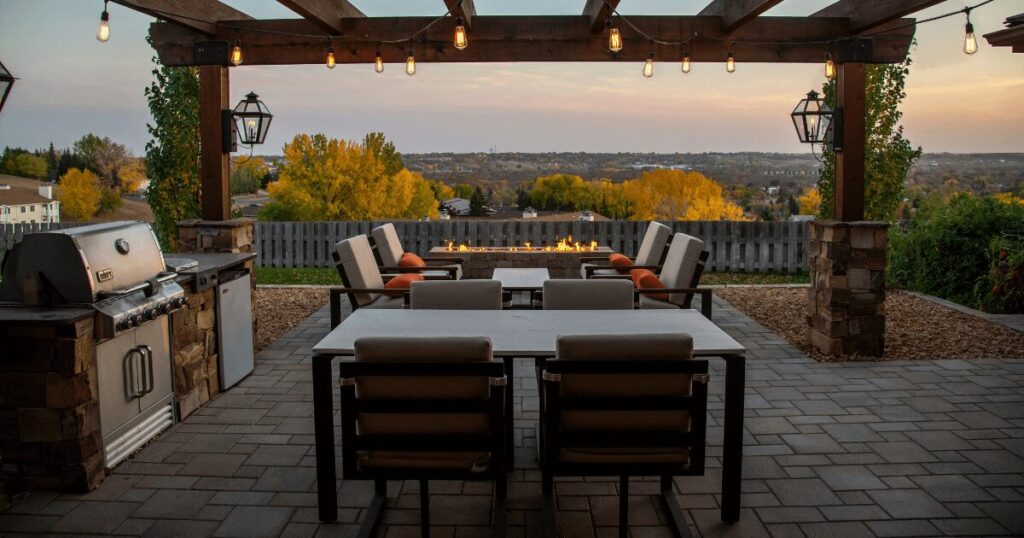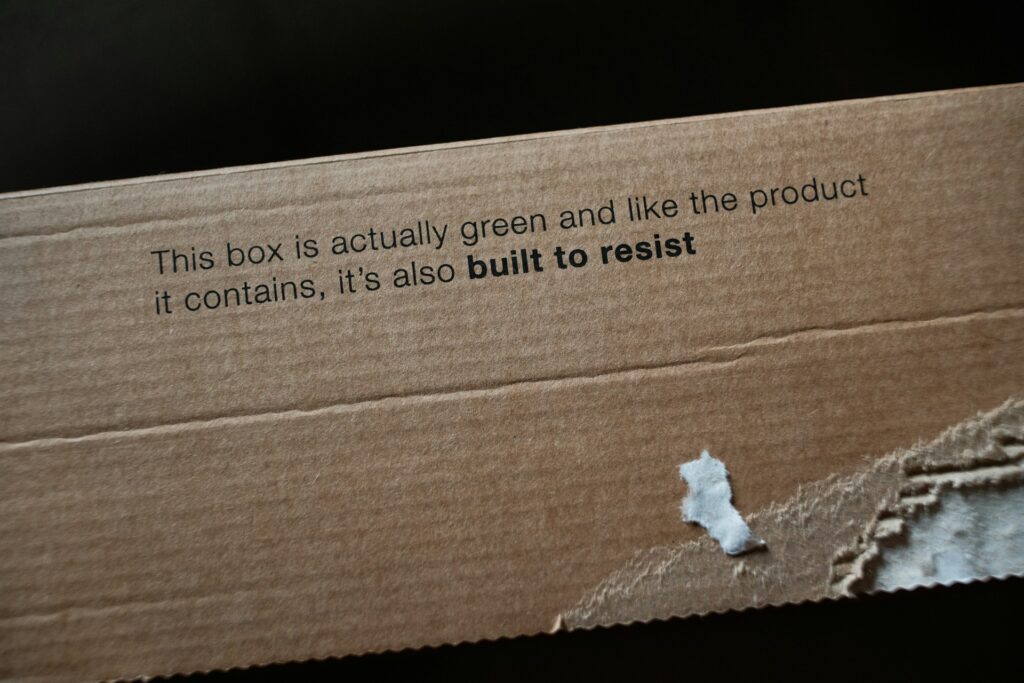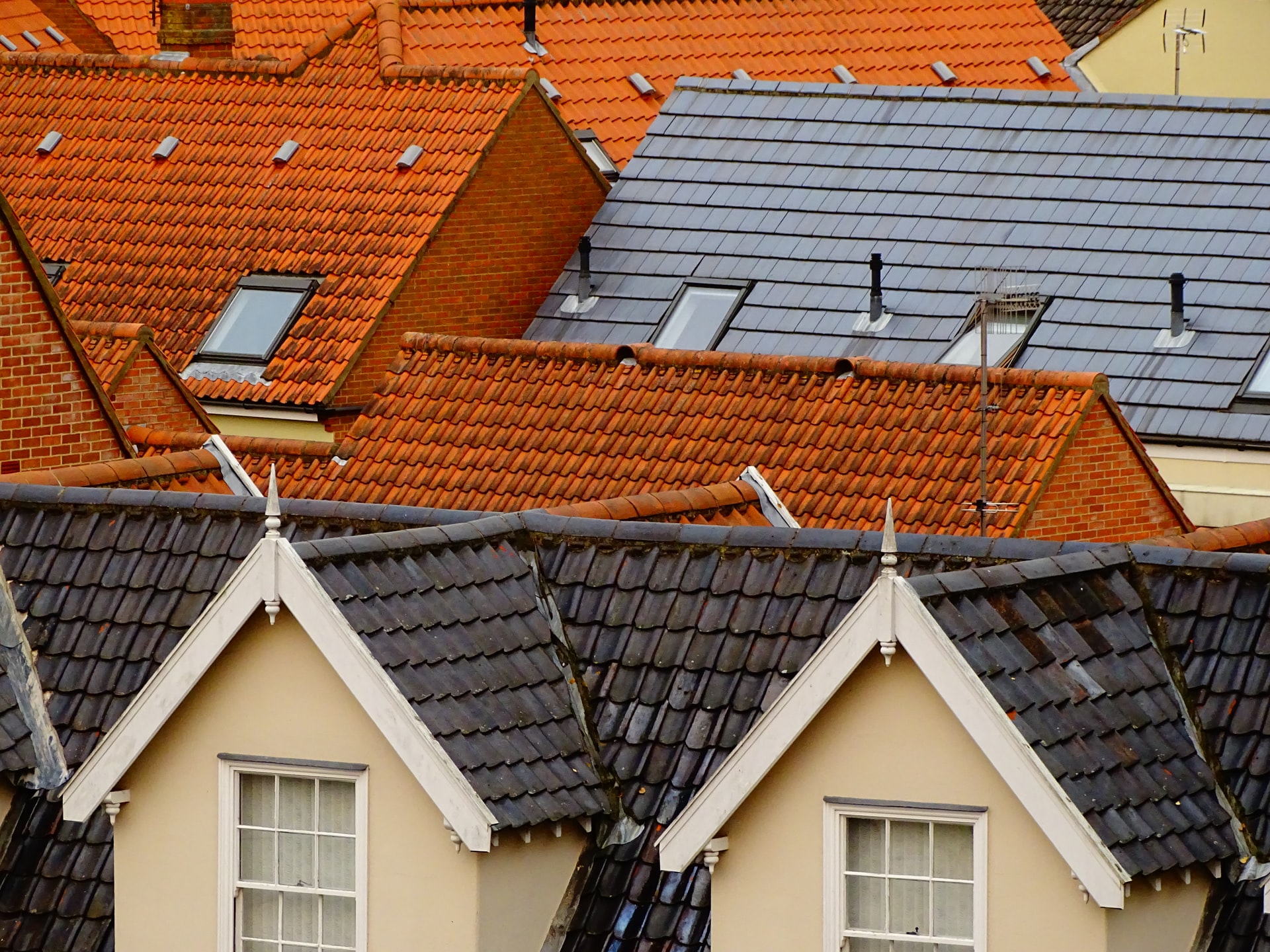
We are reader-supported. When you buy through links on our site, we may earn an affiliate commission.
Are you a home-improvement enthusiast or are you just thinking about starting a renovation in your home? You may be considering working from the outside in. While the kind of roofing you eventually settle on will depend on a number of factors — from your aesthetic choice to the climate in your area — there are so many high-quality options to choose from.
When it comes to storm protection specifically, there are a few factors that matter. A hail storm and a hurricane are different in nature, but they still both require protection for your home. While most roofing offers some form of protection against storms and weather conditions, there are a few that reign superior.
Here, we’ll run down a few of your options so you can make the most informed choice for your home.
1. Clay Tiles
Clay tiles can be great because they’re heavy, which means they don’t often move with strong wind storms or precipitation. They also tend to be long-lasting and non-combustible, which can offset the cost a little bit.
Clay tiles can be expensive and can require additional framing. However, if you’re okay with the investment, these can be a great option for you.
2. Steel
Metal roofing can be a great option for those on the hunt for storm-resistant roofing. It’s durable and lasts much longer than asphalt or wood, and it also offers reflective solar properties, so you can trust that it can withstand all different types of weather conditions.
While steel roofing may lean on the expensive side, it might be worth considering.
3. Rolled Roofing
Rolled roofing is a durable material option, and it’s great for those working on a budget. One of the more inexpensive options — costing $1.50 to $2.50 per square foot — these roofs can last around ten years, which may be exactly what you need. While rolled roofing tends to be more industrial in nature, that could work with plenty of styles.
4. Concrete Tiles
Similar to clay tiles, concrete tiles are another option that offers heaviness and wind resistance. They last longer than most traditional roofing, which can help to offset the cost, much like with clay tiles.
These also happen to be energy-efficient, helping you save a bit of electricity in the process of protecting your home.
5. Asphalt Shingles
Shingles are a more traditional approach to roofing, and there isn’t anything wrong with that! They tend to be heavy enough to resist things like wind and rain, however, more extreme weather conditions like hail can damage the roof over time.
Even pea-sized hail can cause prolonged damage, therefore asphalt shingles tend to have a shorter lifespan than most.
6. Slate
Slate is another more common roofing option, slate is actually quite durable and long-lasting. It’s also fire-resistant, high-quality and recyclable. While slate does skew a bit more on the expensive side, it can last between 50 and 100 years — sometimes even more than that — so it truly is a lifelong investment.
However, for those looking for something a bit less expensive or permanent, slate may not be the first choice to go for.
7. Synthetic Roofing Materials
So many materials involved in building and renovation nowadays are synthetic, and roofing is no different. If you’re really taken by any of the more expensive roofing options that may not be the right choice financially, you can always look into synthetic options, which tend to run a bit cheaper.
Even if they don’t always offer the same exact benefits, the option is still worth an exploration. Homeowners who shop around for building materials and take the time to research quality and availability can often save money on building and renovation costs.
8. Rubber Slate
More specifically on the note of synthetic options, rubber slate is a great choice for those looking for the same qualities of slate but don’t want to make the same investment. While rubber slate can still last somewhere in the neighborhood of 50 years, it’s a bit less expensive than its more natural counterpart.
Another thing to keep in mind is that rubber slate can sometimes be more susceptible to absorbing water, but the quality can vary from manufacturer to manufacturer.
Storm Resistant Roofing Options for Homeowners
You need a home that makes you feel protected. By ensuring that your home can stand strong no matter what weather patterns come your way, you can feel more comfortable and confident in the roof right over your head. It’s also important to maintain your roof to make sure it will last as long as possible.
Whether you go for a more traditional shingle roof or go for something new and innovative like steel or synthetic slate, you can find whatever option works best in your home. Are you replacing your roof sometime soon?
